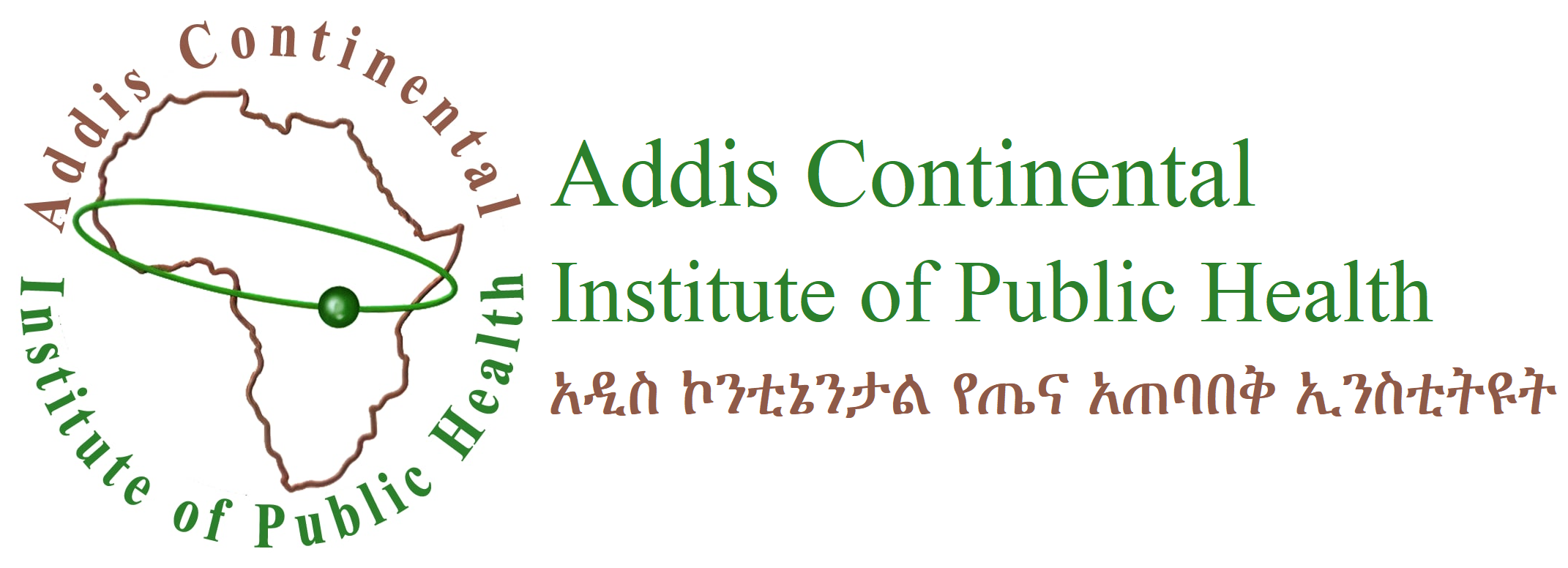-
What’s to eat? Women, children and the urban food environment: The case of Addis Ababa (Eat- Addis-project)
-
Evaluation of integrated agriculture and nutrition sensitive interventions for the African Chicken Genetic Gains (ACGG) program in Ethiopia and Tanzania
-
Evaluation of dietary iron intake, anemia, and iron status among men, women and children in Ethiopia
-
Assessment of the impact of the food system on poverty, nutrition and health, & environmental sustainability in urban Ethiopia
Project Summary (Objective & activities)
The aims of this study are:
- To map and analyze the role of the urban food environment being defined as the food outlets mediating the availability and affordability of foods taking seasonality into account
- To evaluate social, economic, and gender stratification of household food security, and the affordability and desirability of safe and nutritious foods for household members
- To assess the role women’s empowerment and its implication for sustainable food and nutrition security of children and family
The project thus far has completed two rounds of qualitative studies focusing on mother’s experience of child care and feeding in Addis Ababa. Followed two large household surveys; using a multi-stage random sampling representative of Addis Ababa during the season of scarcity (July- August): 2781 mother-child pair and season of plenty (January- February): 2686 mother-child pair.
A mini food safety assessment was also carried out as part of this study where by samples of fresh vegetables and fruits, as well as some ready to eat foods were samples from different outlets to test for the safety of food served at different vendors within Addis Ababa.
Evaluation of integrated agriculture and nutrition sensitive interventions for the African Chicken Genetic Gains (ACGG) program in Ethiopia and Tanzania
Project Summary (Objective & activities)
The Agriculture to Nutrition (ATONU) Project), aims to develop and implement its nutrition-sensitive intervention within the context of chicken producing households with the goal of improving the nutritional status of women of reproductive age and young children, particularly in the first 1000 days of life in collaboration with the ACGG program. Specifically, ACGG is evaluating the agricultural productivity of high-producing chicken genotypes in Ethiopia and Tanzania and will be providing 20-30 chickens to small-scale chicken-producing households in the two countries. Working with ATONU and ACGG, the Harvard T.H. Chan School of Public Health will evaluate the nutritional impact of these two interventions among smallholder chicken-producing households in Ethiopia and Tanzania.
Specific Aims:
- To estimate the effect of the ACGG intervention (increased number of improved chicken and technical support on production) on dietary diversity among women of reproductive age (18 to 49 years) and emancipated minors
- To estimate the additional effect of the ATONU nutrition-sensitive intervention (BCC and home gardening) in the context of ACGG on dietary diversity among women of reproductive age (18 to 49 years) and emancipated minors
- To estimate the combined effect of the ACGG and ATONU interventions on dietary diversity among women of reproductive age (18 to 49 years) and emancipated minors
Activities
-The baseline was conducted concurrent with ACGG’s distribution of chicks and prior to ATONU’s intervention implementation.
-Participating households was visited two times during the 12-month evaluation period, midline visit were conducted 9 months after follow-up of baseline visit, and an End-line visit will be conducted in April, in four regions of Ethiopia Amhara; Tigray; Oromia; Southern Nations, Nationalities, and Peoples’ Region (SNNPR);
Stakeholders
Evaluation of dietary iron intake, anemia, and iron status among men, women and children in Ethiopia
Project Summary (Objective & activities)
The goal of the proposed study is to determine the dietary iron intake, anemia, and iron status among men, women, and children in Ethiopia. Toward these objectives, this study will provide the most comprehensive evaluation of anemia etiology in Ethiopia to date due to its detailed and valid assessment of usual dietary intake through the use of both 24-hour recall and a food frequency questionnaire (FFQ) with 7-day recall, anemia and iron biomarkers, soil-transmitted helminth infections, malaria, and inflammatory biomarkers among a population representative sample of men, women, and children.
Specific Aims:
- Determine the prevalence and relative contribution of risk factors for anemia, iron deficiency anemia, and potential iron overload among children 6-59 months, women of reproductive age (15-49 years) and men (15-49 years) in Afar; Amhara; Tigray; Oromia; Southern Nations, Nationalities, and Peoples’ Region (SNNPR); and Addis Ababa regions.
- Simulate the potential effect of iron fortification, improved sanitation, deworming and other interventions on anemia, iron deficiency anemia (IDA), and iron overload among children and men and women.
Activities
-To obtain regionally representative samples of urban and rural children and adult women and men in each region in the short Belg season (February-April) and in the major Meher season (May-September). This population-based survey will be conducted in 6 regions of Ethiopia: Afar; Amhara; Tigray; Oromia; Southern Nations, Nationalities, and Peoples’ Region (SNNPR); and Addis Ababa.
Stakeholders
Specific Aims of the project:
- To characterize patterns in animal and plant-based protein source food production, access, and consumption by food source and socioeconomic status using mixed methods including a qualitative value chain analysis and a quantitative household survey;
- To estimate the impact of protein plant and animal source foods on nutrition, health, and the environment, using systematic reviews and meta-analyses;
- To model trends in protein production, access, and consumption on optimal (a) nutrition, (b) health and (c) the environment in Addis Ababa, Ethiopia based on results from aims 1 & 2; and form recommendations for action
Objective:
The objective of this to assess the impact of the food system on poverty, nutrition and health, & environmental sustainability in Addis Ababa, Ethiopia using mixed methods.
Activities:
A cross sectional quantitative survey has been conducted among 5 randomly selected sub city in Addis Ababa. 1050 household and 635 men data was collected.
Key informant interviews (KIIs) was conducted among formal and informal market vendors and urban agricultural representatives in the 5 selected woredas, and producers of both animal-source and plant-based protein foods serving these catchment areas



